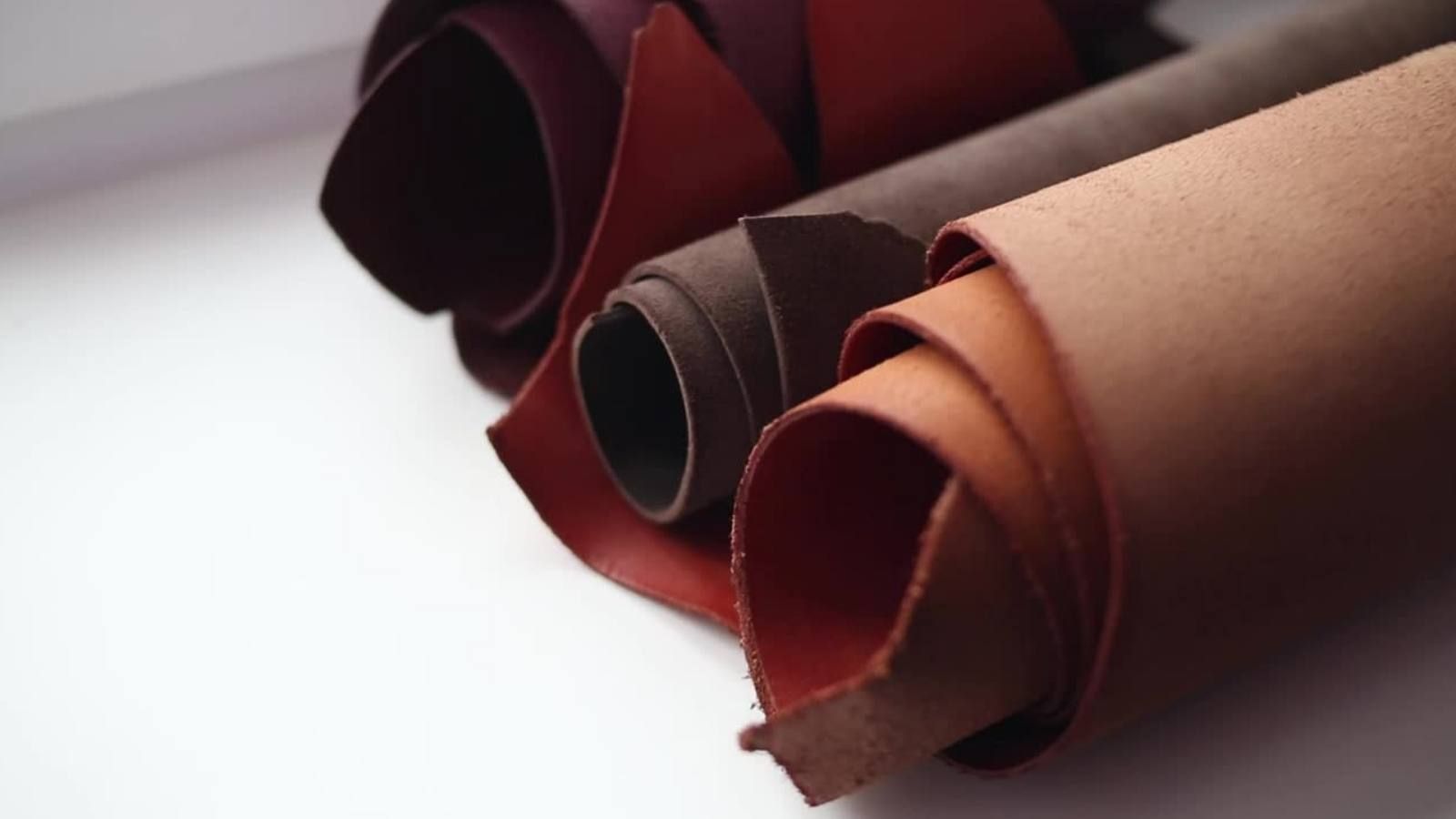The Different Grades of Leather: An In-Depth Guide
If you've ever shopped for quality leather boots, jackets, belts, etc you know the options can be mind-boggling. We're here to clear the air, specifically on one crucial aspect - leather grades.

Greetings, leather enthusiasts! If you've ever shopped for quality leather boots, jackets, belts, etc you know the options can be mind-boggling.
We're here to clear the air, specifically on one crucial aspect - leather grades. Understanding the grades of leather will help you make an informed choice when it comes to your next purchase.
What is Leather Grading?
Ever wondered why certain leather products hold up against the test of time, while others barely make it through a season? The answer lies in leather grading, a system that categorizes leather based on quality and durability. Several factors such as the layer of the hide used, the treatment process, and natural markings determine the leather grade.
Overview of Leather Production
Before we dig into the grades, let's quickly brush up on the leather production process. It begins with raw hides going through a series of treatments including curing, tanning, and finishing, each of which impacts the final product's quality and grading.
Full Grain Leather
Full grain leather, the holy grail of leather grades, is the highest quality leather you can buy. It comes from the top layer of the hide and includes all the grain - hence the name. It's known for its durability, breathability, and the beautiful patina it develops over time.
Ex: When it comes to boots, full-grain leather is a mark of top-tier craftsmanship and longevity.
Top Grain Leather
Top grain leather is the second-highest grade of leather. It undergoes a sanding process to remove imperfections. While not as durable as full-grain, top grain leather is more resistant to stains and is still a good choice for high-quality leather products.
Genuine Leather
Don't let the name fool you! Genuine leather is actually a lower grade of leather. It's made from the leftover parts of the hide after the top is split off for the higher grades. Although it's more affordable, products made from genuine leather may not withstand heavy wear and tear over time.
Bonded Leather
Bonded leather, the lowest grade, is made by bonding together leftovers of the hide with glue and other materials. While bonded leather products are cheaper, they lack the strength, breathability, and longevity that come with higher grades.
Comparing Leather Grades
Keep in mind there are different reasons to buy different grades of leather.
Full grain and top grain leather are great go-to options for quality boots and jackets. They offer superior durability, comfort, and appeal, even though they will be pricier.
A pair of full grain leather boots or jacket might set you back more initially, but when you factor in cost per wear they'll serve you well for years, outlasting several pairs of lower-grade products.
While genuine and bonded leathers may not be the better choice for items that require high durability and longevity like boots, they are often a perfect match for accessories like belts and wallets.
This is why if you look at the tag on your belt there is a high chance it will be marked "genuine leather". most companies make belts wallets out of genuine leather.
Genuine leather, being a mid-quality grade, offers a balance between affordability and decent longevity, making it a viable choice for belts that need flexibility and wallets that need to be slim yet sturdy.
On the other hand, bonded leather, with its ability to be made thin and lightweight, is an excellent choice for wallets, which often need to fit seamlessly into pockets.
This leather grade also allows for a variety of textures and colors, adding a fashionable touch to these accessories.
In short, items where ultimate durability isn't the prime concern, genuine and bonded leathers provide a cost-effective solution.
How to Identify Leather Grades
When you're out shopping for your next pair of leather products, look for markings or labels indicating the leather grade. As previously mentioned, this can be a tag on a belt or wallet.
Typically companies will have a series of numbers and/or letters that indicate the grade and type of leather. Each company will be slightly different so the best solution here is to ask a sales associate.
Keep in mind that high-quality leather will feel supple and rich, not overly stiff.
Conclusion
Buying quality leather products can be a significant investment, and understanding the different grades of leather will help you make the best choice. Quality isn't just about style and comfort - it's also about sustainability. So next time you're shopping for a leather product keep these grades in mind.

